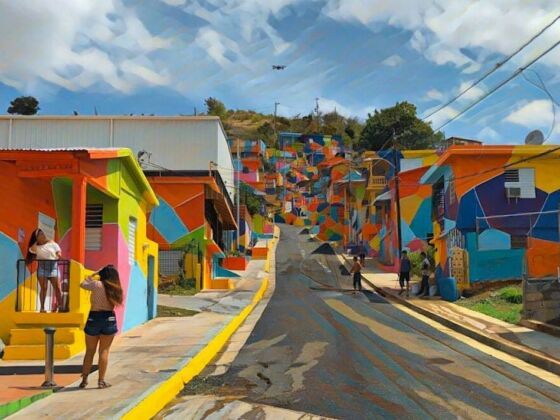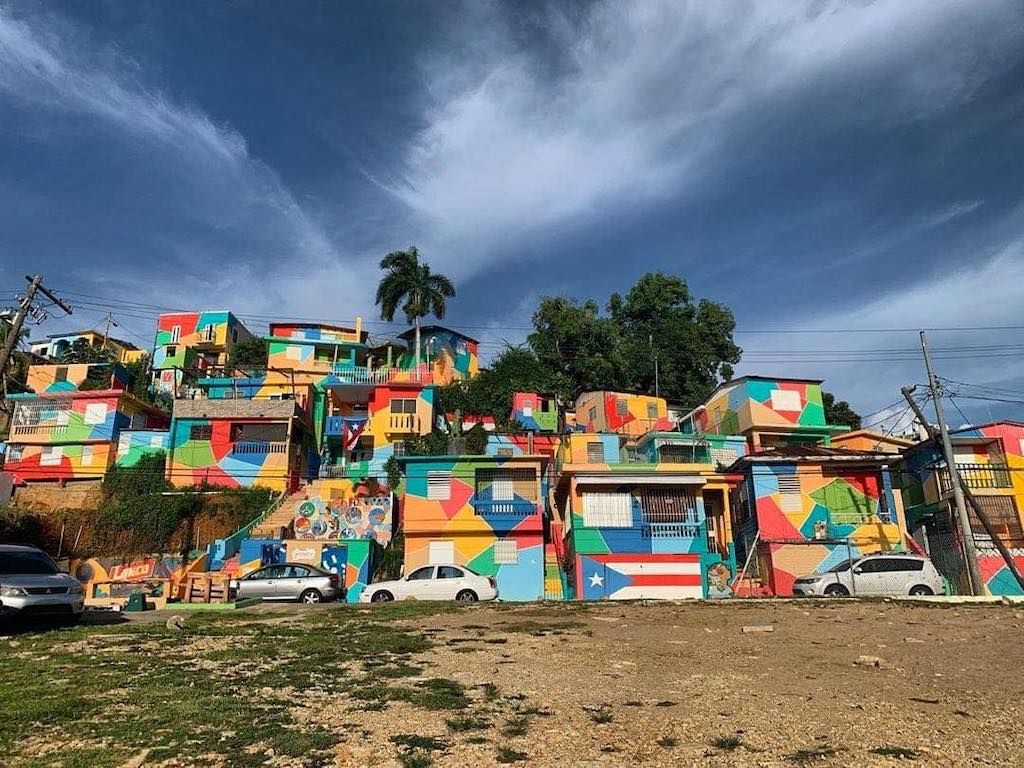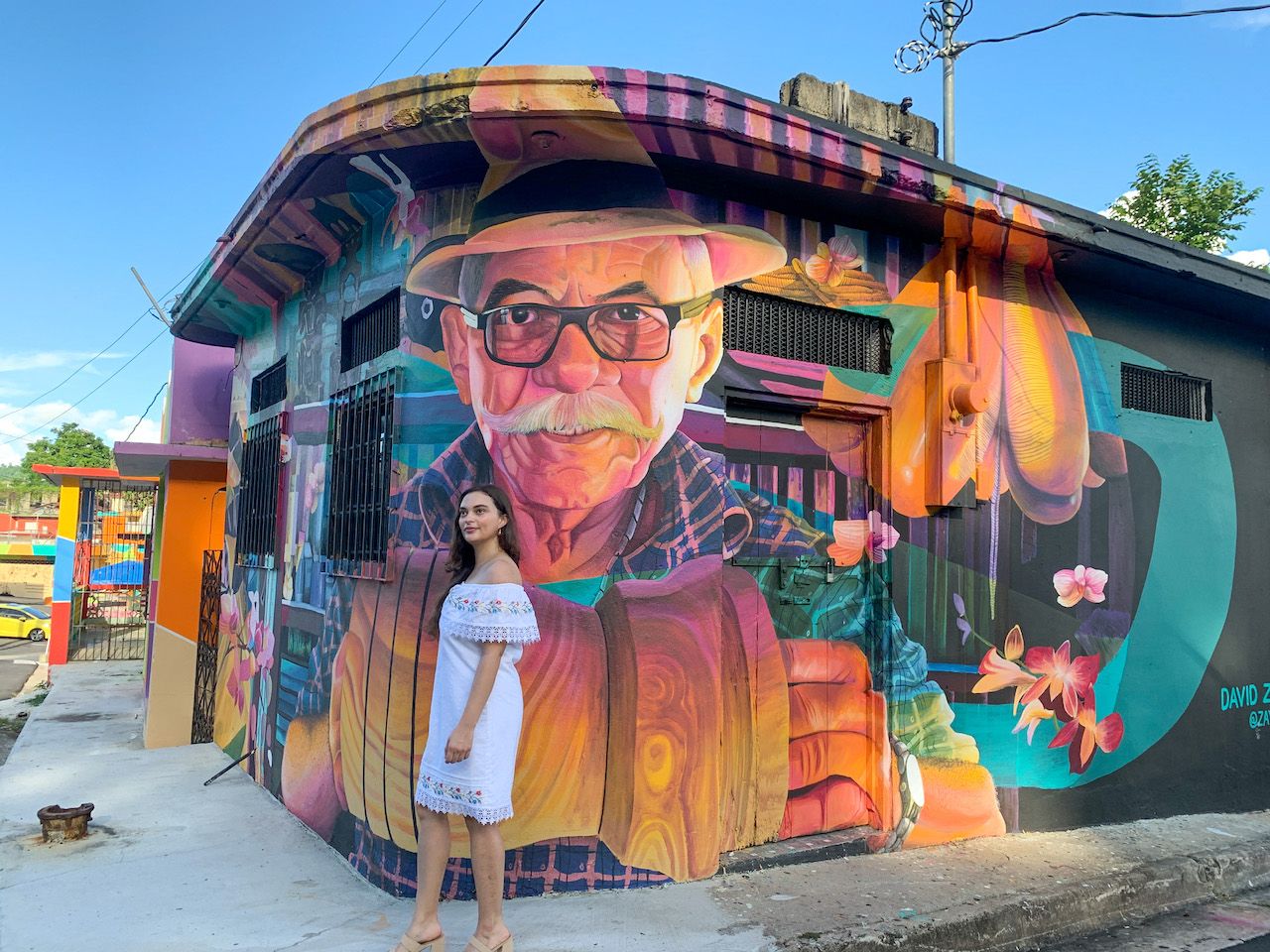It’s nearly impossible to find parking in Yauco, Puerto Rico. The steep, narrow roads are packed with cars on either side. Occasionally, you’ll pass a rogue chair serving as a placeholder for a resident’s vehicle. There’s a steady hum of tourist footsteps all heading towards one place — Yaucromatic.
Just a few years ago this neighborhood wasn’t on any visitor’s map. Today, it’s a sought-after location for Instagrammers and a background for music videos and commercials. It has become one of the most popular attractions on the island, giving visitors a reason to venture beyond San Juan and driving economic growth to a previously neglected area.





